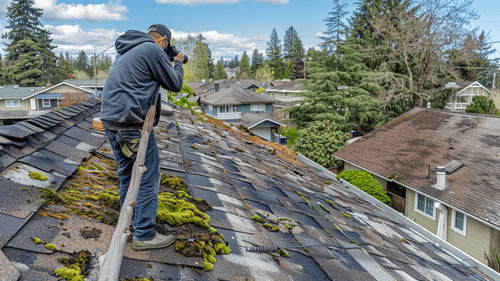For Texas homeowners, living in areas prone to high winds and unpredictable weather brings some unique challenges, especially when it comes to protecting your home’s roof. With strong winds sweeping through the state, it’s crucial to select roofing materials and installation practices that can stand up to the test. So, how do you make sure your roof is tough enough to handle Texas’ ever-changing weather?
This guide dives into the roofing solutions that work best in high-wind zones, focusing on the importance of wind resistance ratings and the benefits of choosing durable materials. Whether it’s Class 4 shingles—known for their durability—or metal roofing, which offers long-lasting protection, we’ll walk you through the options. With real-life examples and expert advice, you’ll be equipped to make an informed decision that keeps your Texas home safe and secure for years to come.
Understanding Wind Resistance Ratings for Roofing
Shingles are categorized from Class 1 to Class 4, with Class 4 shingles offering the highest level of wind resistance. This classification is crucial for homeowners in high wind areas as it significantly impacts the durability and longevity of roofing materials under extreme weather conditions. For instance, while Class 1 shingles may be adequate in regions with mild winds, Class 4 shingles are indispensable in areas prone to severe storms or hurricanes.
The requirement for different wind resistance ratings varies significantly based on geographic and climatic conditions. In regions where high winds are frequent, opting for a higher class of shingle can mitigate frequent and costly repairs. For example, in coastal areas where wind speeds can exceed 100 mph, Class 4 shingles are recommended. These shingles are tested to withstand such conditions, providing homeowners with assurance that their roof is more likely to survive harsh weather.
The Advantages of Class 4 Shingles in High Wind Areas
Class 4 shingles are constructed with superior materials and advanced technology to boost their durability and resistance to high winds. These shingles typically incorporate a modified asphalt composition and are often reinforced with fiberglass, enhancing their toughness and flexibility under stress. This robust construction helps prevent issues like shingle blow-off and cracking, which are prevalent in lower-class shingles during severe weather events.
The long-term benefits and cost-effectiveness of Class 4 shingles have been well-documented. Homeowners who have invested in Class 4 shingles report fewer instances of damage and repair following major storms, leading to significant savings over time. Additionally, many insurance companies offer premium discounts for homes with Class 4 roofing, acknowledging the reduced risk of damage and subsequent claims.
Metal Roofs: Aesthetic Appeal Combined with High Wind Resistance
Metal roofing systems are another excellent choice for homeowners in high wind zones. Known for their durability, these roofs are capable of withstanding extreme wind speeds of up to 140 mph. The interlocking design of metal roofing panels provides an added level of wind resistance, as it minimizes the chances of uplift under high winds, a common issue with other roofing materials.
In addition to their functional benefits, metal roofs offer a wide range of aesthetic options. They can be manufactured in various styles and colors to complement different architectural designs, from traditional to contemporary. This versatility allows homeowners to enhance the curb appeal of their property while ensuring robust protection against high winds. The integration of metal roofs into various architectural styles has been well-received by both architects and builders, who appreciate both the aesthetic and functional benefits of metal roofing systems.
Best Practices for Roof Installation to Enhance Wind Resistance
Proper installation is key to maximizing the wind resistance of any roofing material. It begins with a thorough assessment of the existing roof and the structural integrity of the home. Professionals should conduct these evaluations to ensure that the roof deck is sound and that the new roofing material is compatible with the house’s design and construction.
Here are some critical steps in the installation process:
- Secure Attachment: Use of appropriate fasteners and techniques to securely attach shingles or metal panels to the roof deck.
- Edge Sealing: Application of specialized sealants along the edges of the roof to prevent wind uplift.
- Regular Inspections: Post-installation inspections to ensure all components are correctly installed and secure.
Additionally, adherence to local building codes is essential. These regulations are often designed to address the specific weather challenges of the area, including high winds. Compliance not only ensures safety but also validates home insurance policies, which can be voided if roofing installations do not meet local standards.
By following these best practices, homeowners can significantly enhance the wind resistance of their roofs, thereby reducing the risk of damage during high wind events and ensuring the safety and security of their homes.
Conclusion: Securing Your Home Against High Winds
Understanding the importance of selecting the right roofing materials and installation practices for high wind areas is crucial for the safety and longevity of your home. Class 4 shingles and metal roofs stand out as optimal choices due to their superior wind resistance and durability. These materials not only offer enhanced protection against severe weather conditions but also provide long-term cost benefits and potential insurance advantages. Proper installation techniques, including secure attachment and edge sealing, play a pivotal role in maximizing the effectiveness of these roofing solutions, ensuring that your home remains safe and secure even in the face of nature’s fury.
As you consider the best roofing options for your high wind zone residence, remember that peace of mind comes from knowing you’ve made a well-informed decision backed by professional insights and robust materials. The choice of Class 4 shingles or a sturdy metal roof represents a practical investment and a commitment to safeguarding your sanctuary against the unpredictable. Let this guide serve as your first step towards a resilient home that stands strong, rain or shine.







